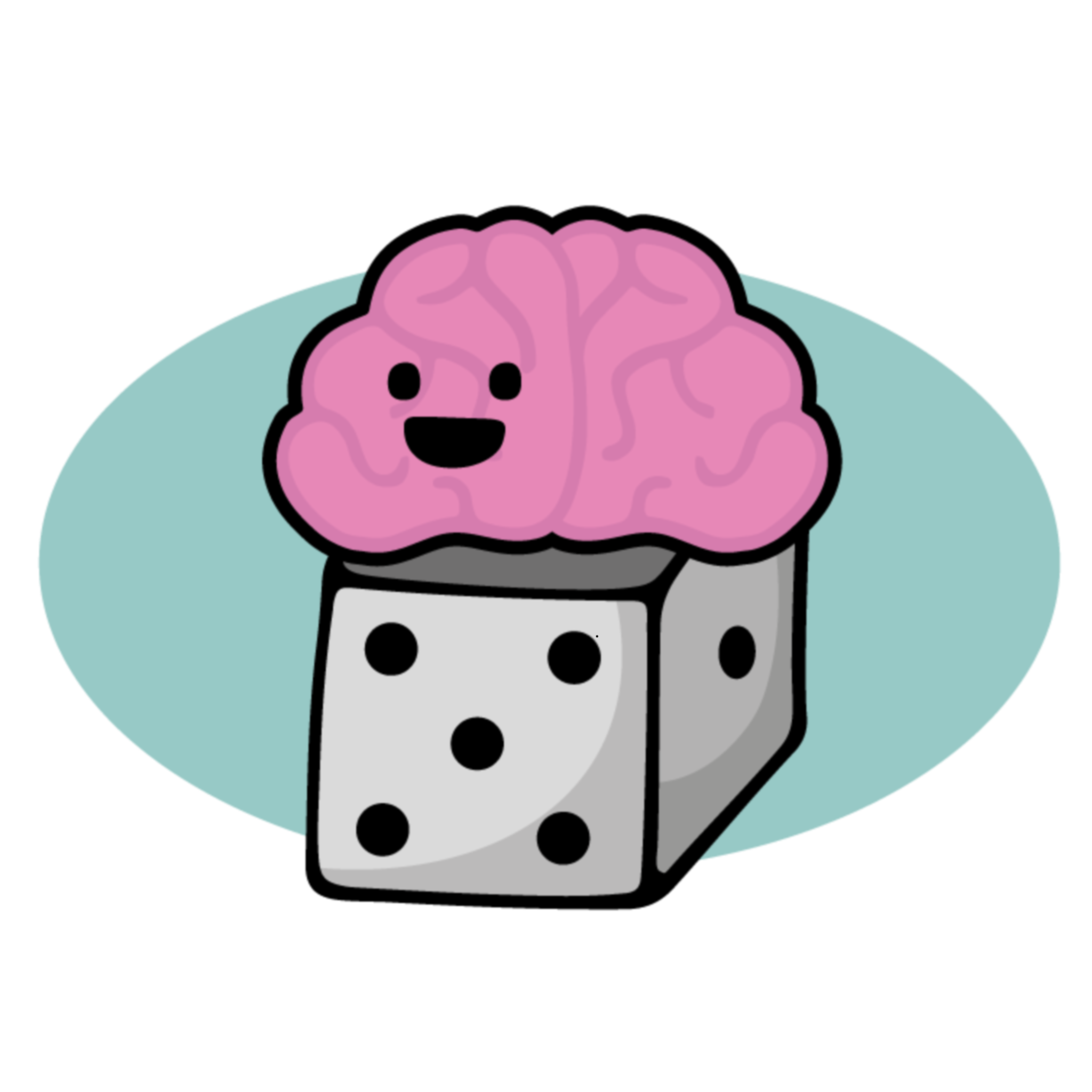Autism, Part 3: Reading Faces
 Autism Spectrum Disorder (ASD) is a commonly used term for a range of disorders that include autism and aspergers. The central experience for those who experience ASD is a difficulty with interpreting and responding to their social milieu. Researchers have been trying to determine the processes that lead to these social deficits. One recent study from University of Denver researchers Clark and McIntosh, and University of California San Diego researcher Piotr Windkielman looked at how well people with ASD interpret another person's emotional state from their facial expression.
The study included a group of adults with ASD and a group of typically developing individuals. The premise of the study was that social interactions depend on the ability to rapidly extract emotional information from a persons fleeting facial expression. Their thinking was that reading another persons' subtle and fleeting emotional expression often sets the stage for interpreting what is said thereafter. Therefore, if people with ASD have trouble in this area, then in a sense, they are already "behind the eight ball" so to speak. This initial difficulty in accurately perceiving the emotions evident in peoples' face only gets compounded as the social interaction progresses. The researchers predicted that people with ASD would have more trouble extracting emotion from facial cues than people without ASD.
Autism Spectrum Disorder (ASD) is a commonly used term for a range of disorders that include autism and aspergers. The central experience for those who experience ASD is a difficulty with interpreting and responding to their social milieu. Researchers have been trying to determine the processes that lead to these social deficits. One recent study from University of Denver researchers Clark and McIntosh, and University of California San Diego researcher Piotr Windkielman looked at how well people with ASD interpret another person's emotional state from their facial expression.
The study included a group of adults with ASD and a group of typically developing individuals. The premise of the study was that social interactions depend on the ability to rapidly extract emotional information from a persons fleeting facial expression. Their thinking was that reading another persons' subtle and fleeting emotional expression often sets the stage for interpreting what is said thereafter. Therefore, if people with ASD have trouble in this area, then in a sense, they are already "behind the eight ball" so to speak. This initial difficulty in accurately perceiving the emotions evident in peoples' face only gets compounded as the social interaction progresses. The researchers predicted that people with ASD would have more trouble extracting emotion from facial cues than people without ASD.
The experiment involved showing subjects pictures of peoples' faces. Three different types of photos were presented to subjects with and without ASD. The first group of pictures showed faces of people who were happy or angry. After viewing photos for mere milliseconds, subjects were asked to determine whether they had seen a happy or angry face. The second and third sets of pictures were neutral in terms of emotional expression. Under these conditions, subjects were asked to differentiate as to whether the photos were of men or women, and lastly whether the pictures were of animals or objects.
What the researchers found was that there were no differences between the ASD and non-ASD individuals in terms of how well they were able to discriminate the gender photos or the animal versus object photos. However, as predicted, the ASD subjects performed significantly worse than their non-ASD counterparts in terms of being able to determine the emotional expression of subjects in the photos presented to them. It is important to note that the researchers controlled for the other possible explanations of this result including verbal ability, subjects' age, and gender.
This study points to one small aspect of a much more complicated series of exchanges that people deal with everyday. The complexity of these interactions is not second nature to people with ASD. Instead they find the complexity and subtly is in high relief for them and causes them to want to withdraw in response to overwhelming feelings of anxiety. People who experience ASD often have to be taught explicit scripts that spell out the social conventions of "neurotypicals" so that they can navigate the seemingly illogical interactions that people engage in.
Vote for The Family Anatomy Podcast at Podcast Alley and for the blog at Blogger’s Choice!
Note: Posts on Family Anatomy are for education only. If you need to talk to someone about family or mental health issues, you can get a referral from your family doctor.
